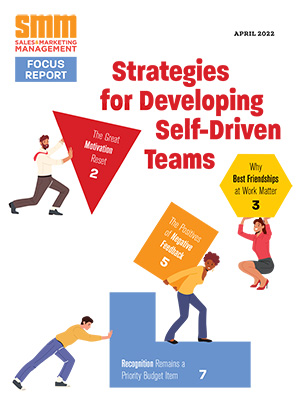Social media is an integral channel throughout the entire customer journey. However, each stage requires a different approach and messaging to effectively reach and engage prospects. In a recent blog post on the online digital marketing resource ClickZ, Angie Pascale offered these insights for using social media to set expectations at different stages of the customer journey:
• Interest – When customers are initially becoming aware of a want or a desire, and first become familiar with your products or services, social media channels should be used to
post educational, informational and entertaining content. “Quality of content is tantamount here,” Pascale says. “Don’t simply post content for the sake of it. Ensure that it is well written and/or designed, can be easily viewed on both desktop and mobile devices, and provides value to your audience.”
• Research – When prospects are narrowing their options and learning more about these select choices, you need to provide more information about your business and the key features and benefits of your products/services. Use social media to link to specific product, service or category pages, fact sheets or FAQs, and relevant resource content. Answer all questions posed directly through your social media channels. Be proactive — find people on social media channels that are in need of support, but haven’t directly approached your brand. Helping these individuals in their time of need can help win you new business.
• Validation – Prospects are looking for proof or verification that the purchase decision they are about to make is the right one. You can help substantiate your brand by providing easy access to legitimate, third-party reviews and information on your products/services. Make sure your company is accurately listed on all relevant review sites, and that you have included reviews on product pages. Use social media channels to share existing customer reviews and testimonials, and encourage others to add new reviews.
• Decision – Once a potential customer has selected you as the best choice and is ready to take action, you need to provide the path of least resistance to conversion. Use social media at this stage to post sales, discounts or other promotional offers and link directly to the conversion page(s). Use paid retargeting campaigns on Facebook and Twitter to bring customers back that have already visited your website.
• Retention – Social media can be an effective tool to ensure customers are satisfied with your offering and are aware of the value that you provide. Use social media to provide ongoing customer support and stay top of mind for existing customers. Answer questions and respond to concerns in a timely and helpful fashion. Ask for feedback directly about their experience with your products/services, inquire about how you can make improvements. And post new offerings, promotions and announcements on your social media channels.
• Advocacy – Customers turn into promoters after being delighted with their experience. You must inspire this advocacy through superior performance and well-structured influencer and brand ambassador programs. Use social media to identify and engage with customers that have powerful and authoritative social media networks of their own. Reshare and engage with customers saying positive things about your brand. Develop a user-generated campaign to encourage real stories from real customers, and share the most compelling submissions on your social channels.
Pascale says when you understand how and why your prospects and customers are using social media, you can provide the right content and messaging to help guide your customers through their journey.


